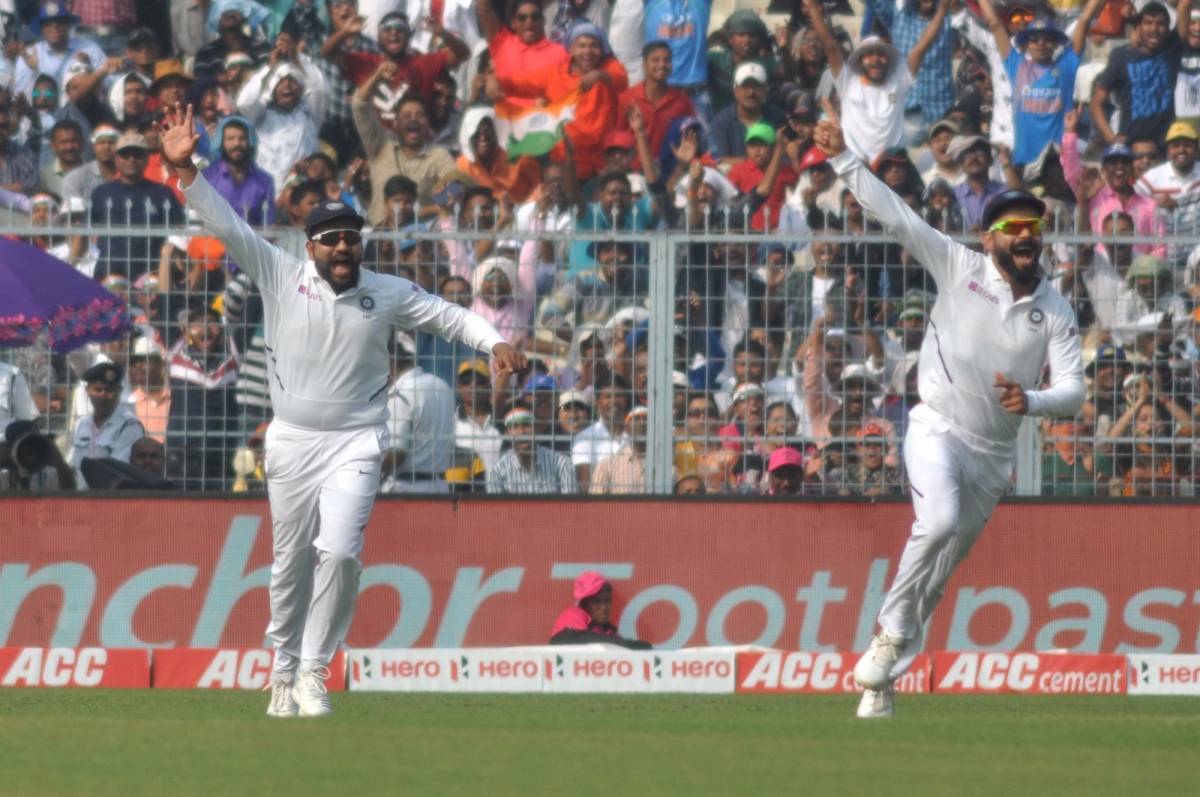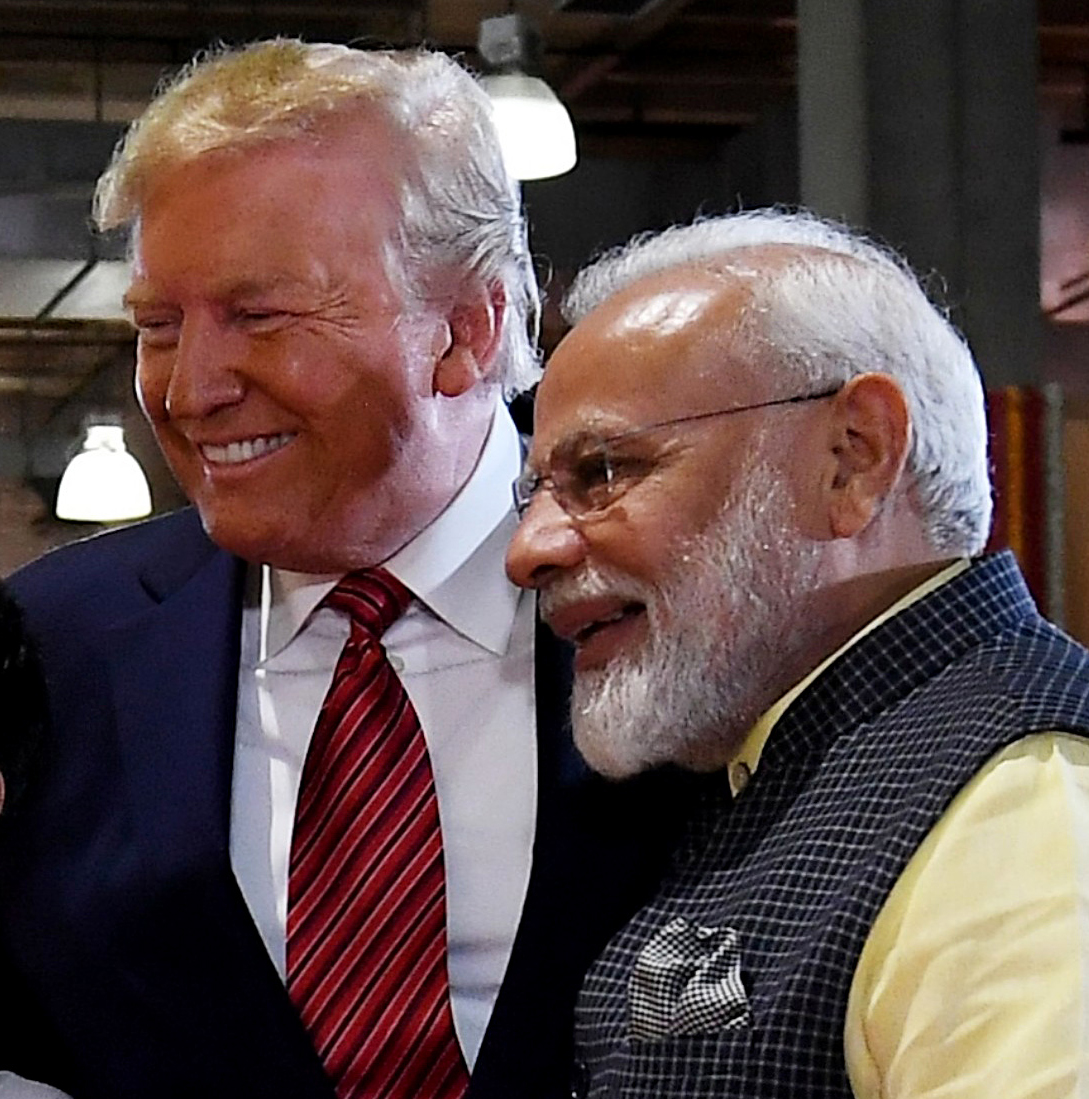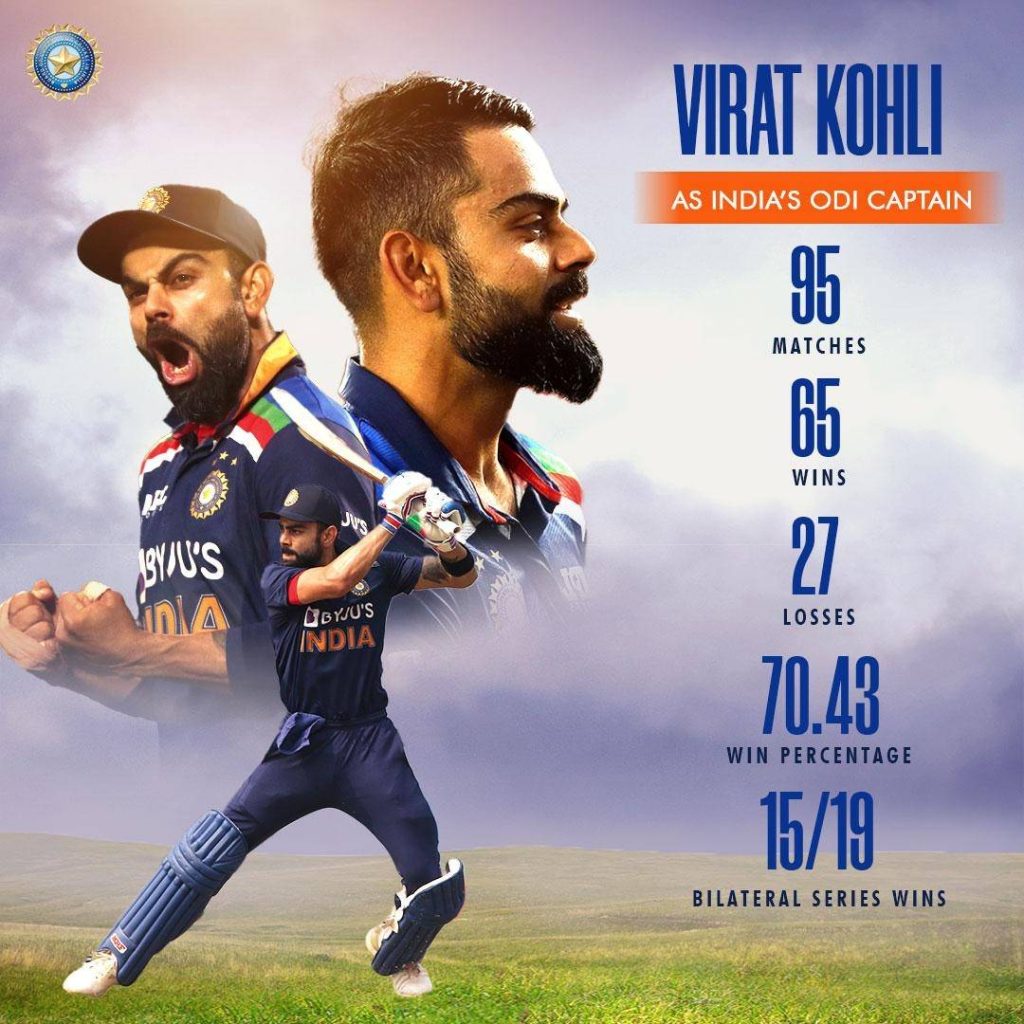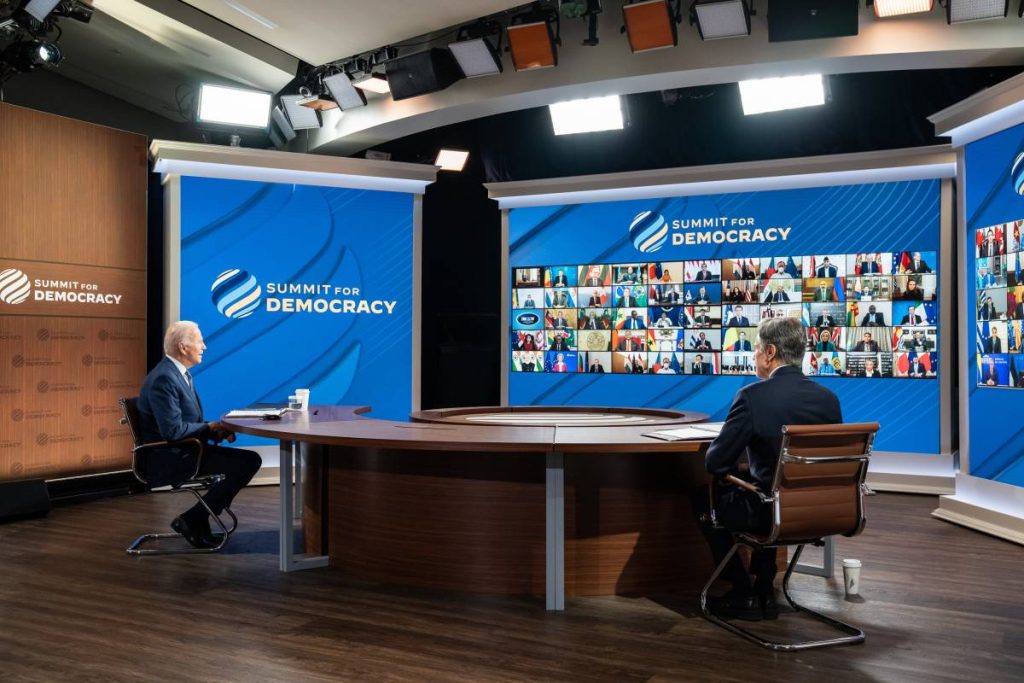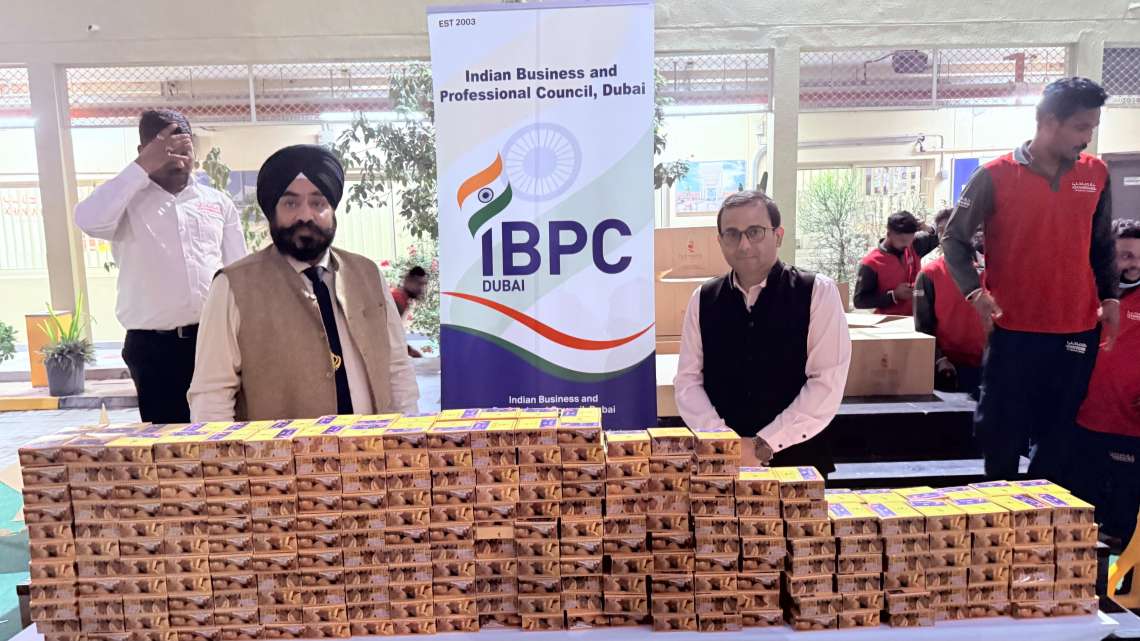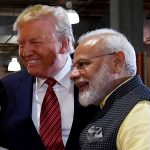The appointment of Rohit Sharma as the limited-overs cricket captain and Virat Kohli for Test matches is an interesting concept being finally adopted by India…writes Yajurvindra Singh
England and Australia have been able to do so quite successfully. However, their culture and way of living are quite different from the Indian way of thinking and behaviour pattern.
India has historically been a country where one respects and follows a ruler or a leader. The joint-family tradition maybe dwindling gradually, but, the head of the family is still the autocratic and authoritative head as far as religious and other functions are concerned.

The famous words “we are like this only” is particularly apt for the Indians. India has thrived under great leaders in every sphere of its existence. The issues that have over centuries been created and been unsuccessful have only cropped up when a powerful leader was missing. India may be the largest democracy in the world, but one has seen progress only when it is led by a strong and vibrant leader.
Indian cricket has also gone in a similar vein as regards the captaincy. The pre-Independence and the decade after did not have an established captain. The 60s was when Nawab Mansur Ali Khan of Pataudi was given the reins that India finally had a powerful leader at the helm.
He led India for over a decade and because of it, he could establish systems, strategies as well as identify skilled players to form a constructive Indian unit. He always said that getting an Indian team together and making them focused and mentally prepared was his biggest challenge.
The variables that India faces due to diversity of religions, customs, languages, social status and innumerable other cultural differences makes an Indian cricket side a difficult side to blend together. In the last two decades, Sourav Ganguly and Mahendra Singh Dhoni, from two diverse cultural upbringings did manage to break this barrier to a certain extent.
The Zonal divide and cultural differences that had crept into Indian cricket were fortunately buried under these two powerful captains. Both of them were strong individuals who managed this transformation because they could get the support from their fellow cricketers and the management as well.
This reminds me of a famous discussion at a TCS event between the now head of the Tata Empire, N. Chandrasekaran and Rahul Dravid. Chandra, as he is popularly called, asked Dravid as to how he managed to effectively lead an Indian side with players from different parts of India and as to how he managed to communicate with them.
The astute Dravid had a ready reply and said, “Chandra, I just have to look after 11 cricketers on the field, but you have 350,000 people working at TCS and therefore, I should be asking you as how you do it.” Here were two individuals respected, proven and accomplished leaders in their field and they showed that they were still uncertain about tackling major diversity issues that still haunt India.
This brings one back to the present situation of the Indian side being led by two individuals in the two different formats of the game. In the recent past, Sachin Tendulkar, Rahul Dravid, Anil Kumble did relinquish their captaincy but they did so entirely and played all the formats as players. They became the mentors and wisdom bearers of the side and ones whom colleagues could interact with freely and honestly.
Cricket played in any format is a team game. A leader or a captain has his likes and dislikes. This is inevitable in all walks of life. In India, to have two leaders will always have that element of doubt in the minds of the players. This may lead to two distinct camps of pros and cons regarding Rohit and Virat. Nearly 80 per cent of the side is players who play both the formats of the game and so the loyalty factor will come very strongly into force.
Both Rohit and Virat have different personalities and the way they perceive leading the team. This is where a strong leader normally establishes his thought process and approach towards the game. How this will turn out in the long run for Indian cricket is a million-dollar question.
Virat Kohli’s stepping down from captaining the T20 team was to enable him to concentrate better as a leader in the One-day internationals as well as in Test matches. Being eased out of captaining the ODIs, one felt, was not in his itinerary, especially, with the World Cup coming up in 2023.
ALSO READ: BCCI thanks Virat Kohli
Although Kohli relishes and is the biggest promoter of Test cricket, the long-drawn format is not one with the glamorous quotient attached to it. He may gradually fade away as a leader in the eyes of the millions of Indian cricket followers and lose the aggressive and assertive nature one identifies him with.
The bio-secure bubble that has been enforced due to the Covid Omicron virus threat for teams to be confined in, may not be the ideal solution for the captaincy changes of the Indian side.
Rahul Dravid, the Indian coach, has a very tricky and important task on hand. One hopes he did finally get the correct solution and reply as to how to marry the many diverse and cultural issues that may arise from the successful Tata leader, N.Chandrasekaran.
This, one feels, only time will tell.
(Yajurvindra Singh is a former India cricketer)

